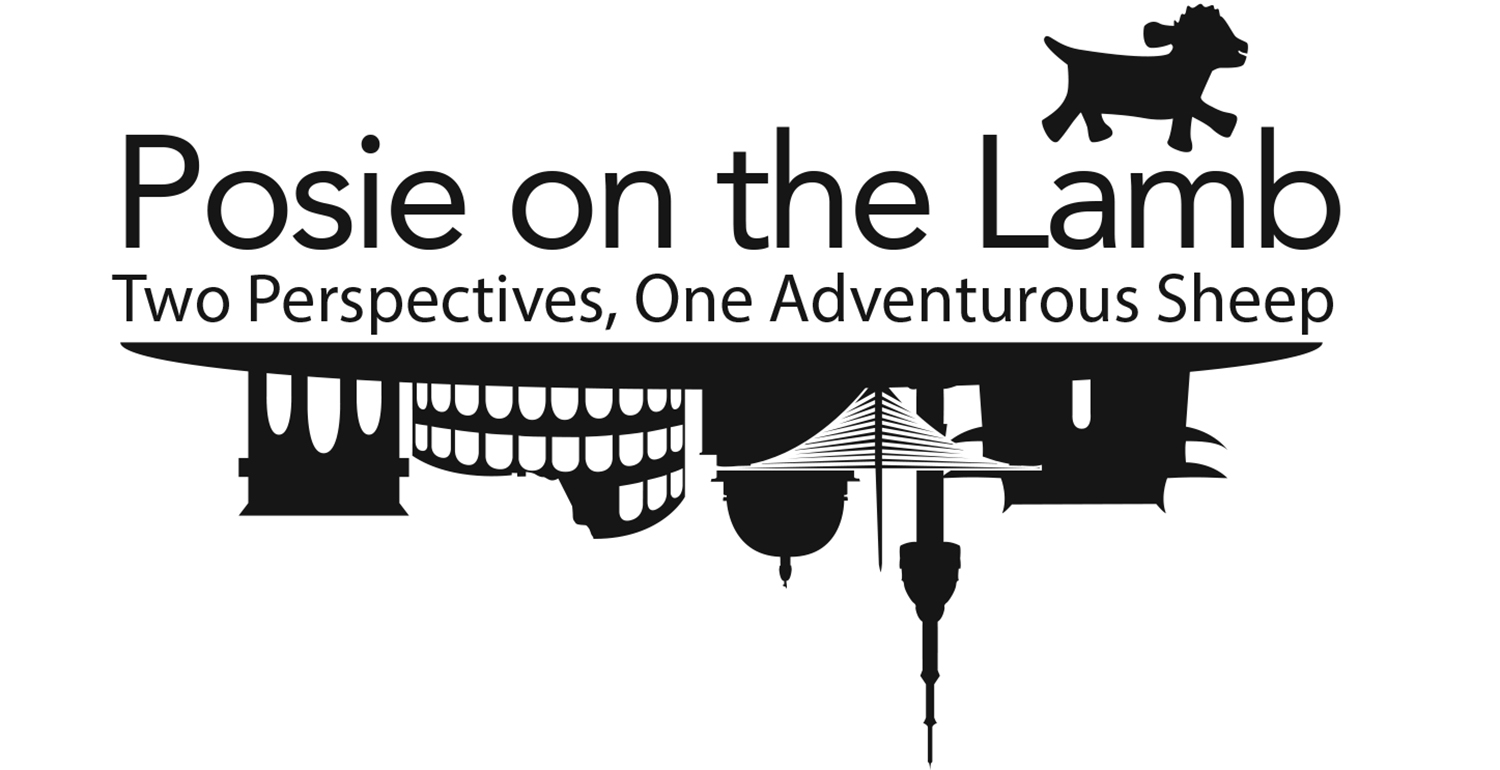Buuz

It was a party to remember, mostly because of the food. The salad course arrived draped in chicken, the main was a plate of beef. An appreciative murmur rose as waiters appeared with the dessert plates: steak. I stared down at my serving of cow and internalized an important cultural lesson: meat is big here. Mongolian cuisine is one long love affair with meat. The formality of a dinner is measured in meat courses, as I learned at that holiday party. But everyday cooking is essentially the same thing without the waitstaff. Beef, pork, lamb, mutton, chicken, camel; this is not a country for vegetarians. As herders in a land of ferocious winters, survival has always depended on livestock. The massive shift to city life has done nothing to diminish Mongolian’s taste for meat.
While Mongolian food is rich in protein, it’s skimpy on the flavors. Before arriving in Mongolia, the most common advice we got was bring spices. The food is kind of bland, especially to someone coming from the vibrant flavors of Southeast Asia. Some expats carry worcestershire sauce or sriracha around with them. We haven’t resorted to this yet, but we do have an Indian delivery restaurant on speed dial.
Mongolians do enjoy sharp flavors—aaruul springs to mind. But by and large, they don't spice meat. This puzzles me, since the Silk Road ran right through the Mongolian Empire for centuries. Kublai Khan and Marco Polo were pals; Polo spent much of his Asian journey as a diplomatic envoy for the Khan. But apparently, Kublai never thought to ask, “Hey Marco, what are these ‘spices’ you’re so excited about? Can I try them sometime?”
But though Mongolian flavors err toward simplicity, they’re still tasty.* My favorite dish is buuz (Бууз), traditional steamed dumplings.
Buuz, pronounced ‘boats,’ look just like Korean mandu, although they're folded differently. Unlike its far-eastern cousin, buuz doesn’t have the intricate filling of tofu, glass noodles, and vegetables. Unsurprisingly, Mongolians take their dumplings straight—there's nothing inside but meat.
Upon discovering that we liked buuz, our Mongolian language teacher invited us over for a cooking class.** We sat on her velvety sofa drinking sea buckthorn juice and salted milk tea while her small son stared at us from the doorway. Then she pulled out the main ingredient—a slab of frozen cow—and some formidable knives, and we got to work.
Unlike her recipe-dependent students, our teacher didn’t go in for cookbooks or measuring cups. She makes buuz the same say she makes everything else: by putting the ingredients together until they look right. How much meat do you cut? As much as you need. How much flour do you use? Enough to make the dough. Why would you ask such silly questions?
Thankfully, Mongolian cooking turned out to be as straightforward as its flavors. Here is how to make buuz:
You will need:
- a big piece of semi-frozen beef***
- 1 onion
- 1 big bowl of flour
- 1 coffee mug of water
- salt and pepper
- a rolling pin and cutting board
- a steamer
- freakishly enormous knives
Cut the meat into thin slices, then dice them into tiny cubes. Stop when you have enough. Dice the onion, and add it to the meat. Sprinkle in salt and pepper to taste.
Pour the water into the flour and mix. Knead it into a smooth dough on the cutting board. Then cut in into 2 equal sections, and roll each section into a log. Cut the log into 1-2inch pieces, and roll these into balls with your hands.
Use the rolling pin to work your way around each dough ball, flattening it outward from the center. You should end up with a round disc that is thicker in the middle than the edges (like a sunny-side up egg).
Spoon meat filling into the center of the disc. Fold the edges up over the meat. Pinch a small section of edge together, then pinch another section into the first one. Continue, crimping your way around the edge until the dumpling has closed in a swirled pattern.
Steam the buuz for 15 minutes. Serve hot with a side of beet and potato salad.
-Erin
*With the qualified exception of fermented milk products.
**As far as I’m concerned, there’s not greater compliment for than being invited into someone’s home, especially to cook. Letting someone into your living space, cleaning the bathroom for them and then letting them mess up your kitchen, that’s serious hospitality.
***You could use ground beef to make life easier, but it supposedly results in drier, less flavorful buuz.



